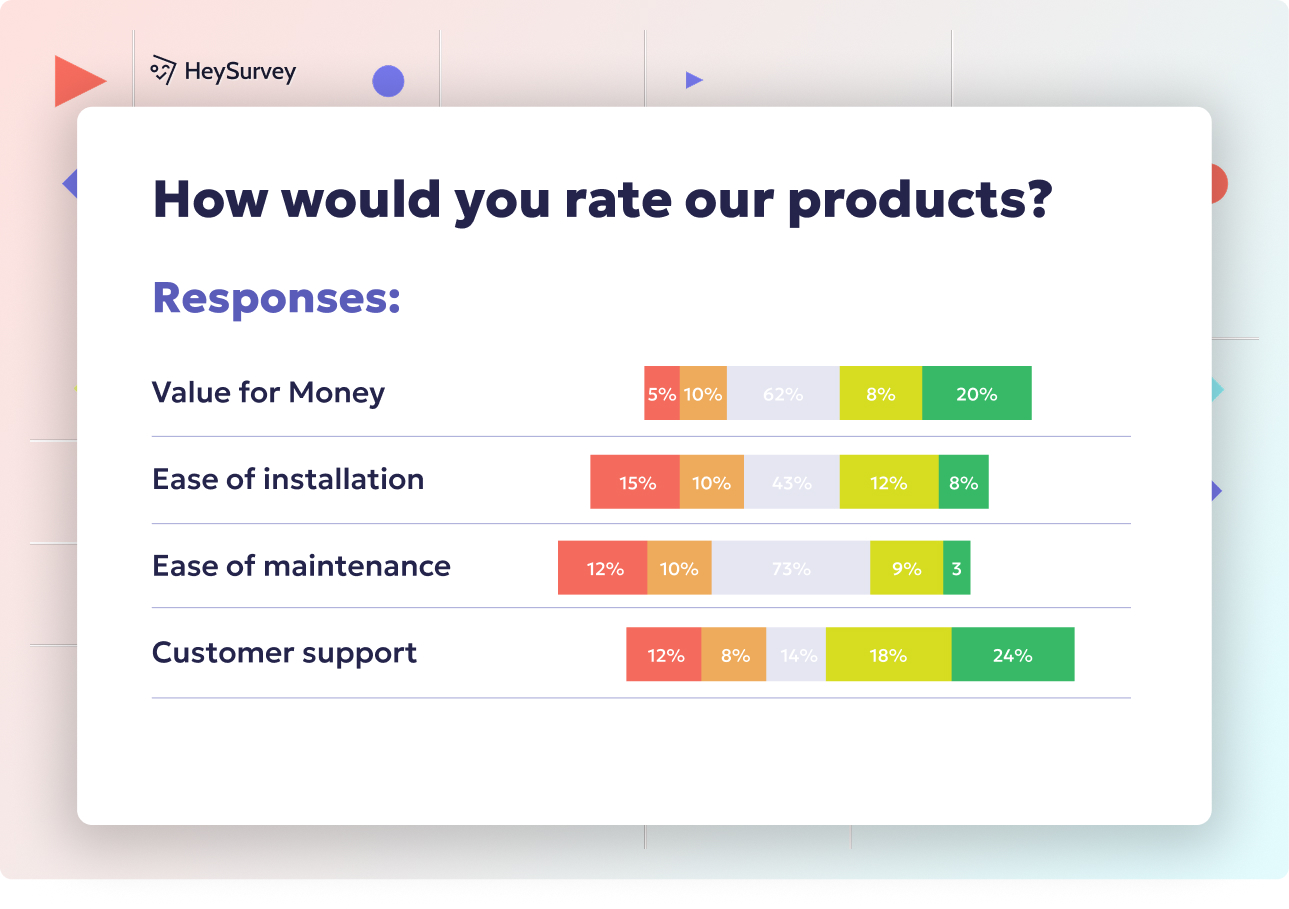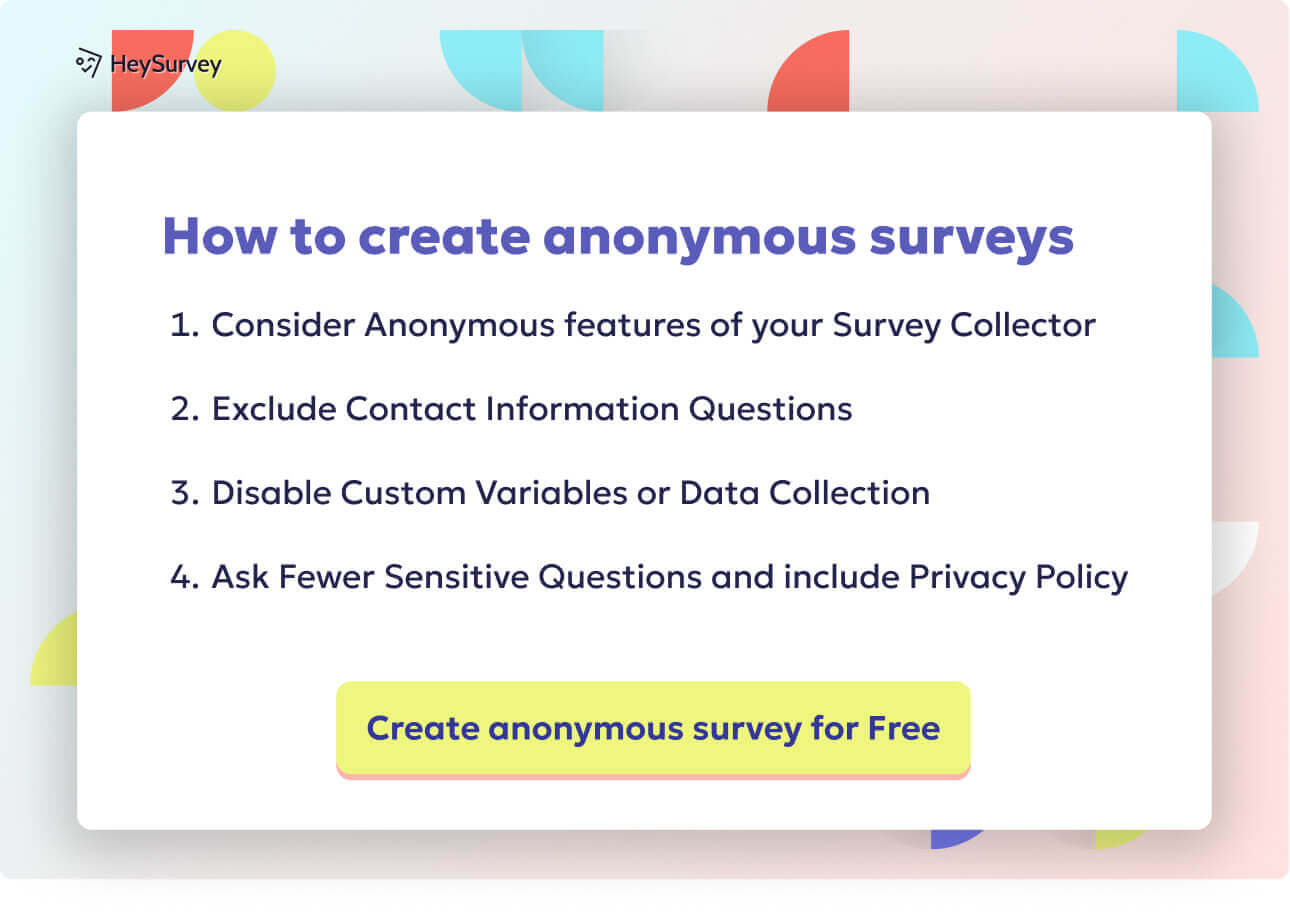32 Brand Tracking Survey Questions: The Ultimate Guide
Explore 27 essential brand tracking survey questions with samples to monitor brand health, awareness, perception, loyalty, and more.
Brand Tracking Survey Questions: The Complete Guide
Brand tracking surveys are the unsung heroes of marketing strategy. These surveys swiftly measure how people recognize, think, and feel about brands over time. Yes, they might seem simple on the surface, but their impact? It can move mountains—or at least, marketing budgets.
The strategic value of monitoring brand health lies in spotting trends early, identifying opportunities (and warning signs) before they erupt, and making smarter, data-backed decisions. Think of it as your brand’s annual check-up—only with fewer awkward questions from your doctor and more actionable answers for your business.
This guide reveals the most important survey-question types to cover every angle of your brand’s health. We’ll dig into awareness, perception, consideration, purchase intent, usage, advocacy, and competitive benchmarking. Whether launching a disruptive product, facing fierce competition, or simply curious about what the masses think—you’ll have every question needed for a thorough diagnostic.
Introduction: Why Brand Tracking Surveys Matter & When to Deploy Them
The Scenarios Behind Survey Success
There are several moments when a brand tracking survey is not just helpful, but crucial. Picture a product launch, where you want to know if anyone beyond your office is buzzing. Or a competitive shake-up—maybe a rival just spent big on ads, and you’re curious if it landed. Re-branding? It’s a must to check your new image. And don’t forget investor day or board meetings, when you need cold, hard facts to show your brand’s momentum.
Setting the Survey Cadence
Some brands check in on their health quarterly, ensuring they don’t miss sudden swings in sentiment. Others check bi-annually, tying it to budgeting or the natural rhythm of their category. The most committed run an always-on panel—getting a real-time pulse that helps them pivot at lightning speed. There’s no perfect cadence, but the best brands pick one and stick with it, always ensuring they can spot trends fast.
Making Data-Driven Magic
Every dollar spent on marketing or branding should yield value, right? Consistent tracking connects the dots between campaigns and results, creating ROI clarity that turns guesswork into growth. In a world where every leader touts “data-driven” as a mantra, brand trackers turn it into reality—arming you to invest, adjust, or defend with confidence.
Custom questions in brand tracking surveys can divert focus from core objectives, leading to less actionable insights and reduced data quality. (latanabrandtracking.medium.com)
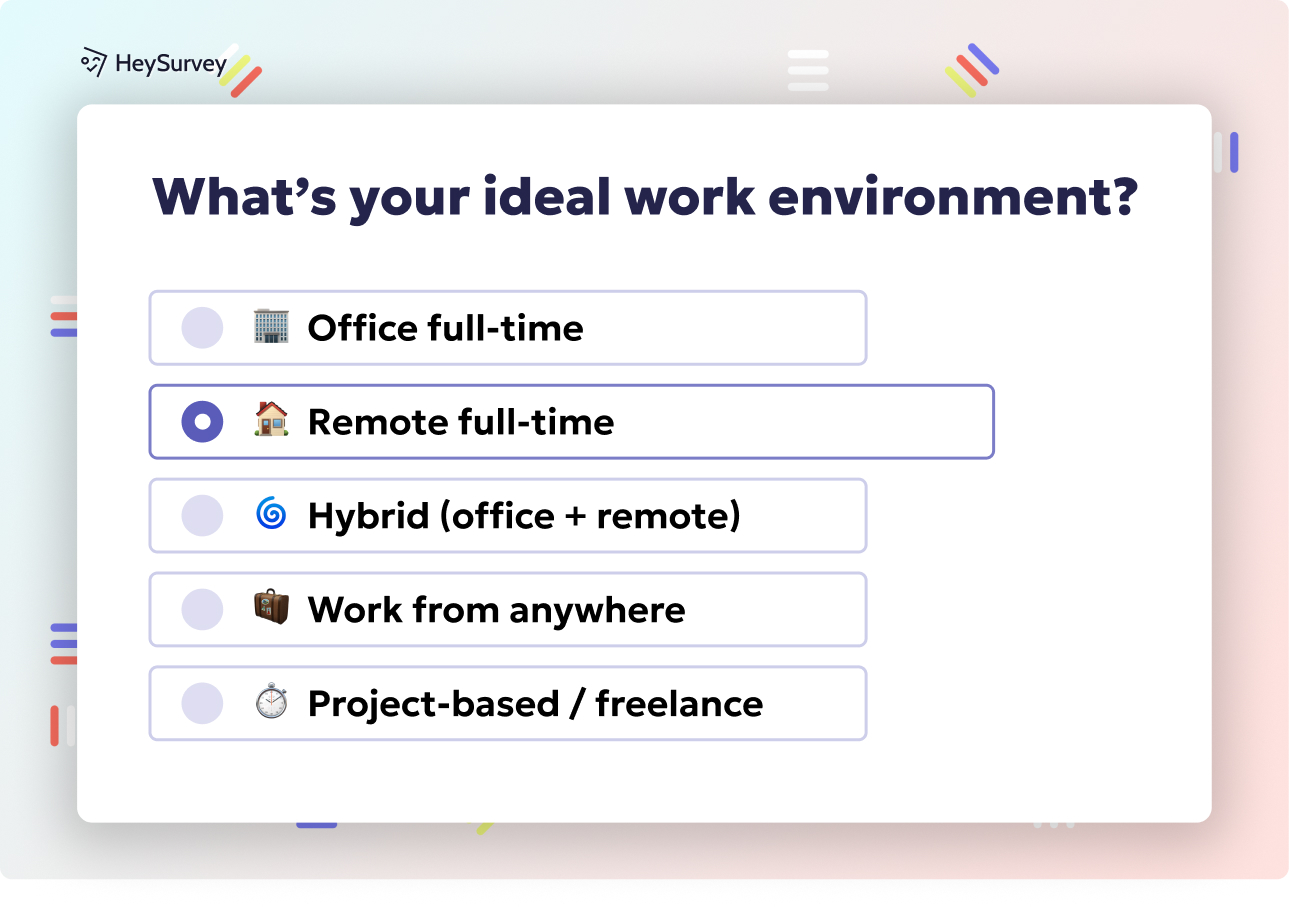
How to Create Your Brand Tracking Survey in HeySurvey: 3 Easy Steps (Plus Bonus Tips!)
If you’re new to HeySurvey and itching to build your brand tracking survey, don’t sweat it — it’s easy peasy. Just follow these simple steps, and you’ll be collecting golden insights in no time. Ready? Here we go!
Step 1: Create a New Survey
Head straight to the HeySurvey dashboard and hit “Create Survey.”
- You can start completely from scratch or grab a pre-built brand tracking template to speed things up.
- Give your survey a clear internal name like “Q2 Brand Health Check” so you can find it easily later.
- Choose your layout—“One Question Per Page” is perfect for focused feedback, but multiple questions per page can work if you prefer.
Pro tip: If you’re on this page reading the guide, you might even see a handy button below to open a ready-to-go template—click it to jumpstart the process!
Step 2: Add Your Questions
Now for the fun part—pop in those golden brand tracking questions from our guide.
- Click the Add Question button at the top or between existing questions.
- Pick from question types like Choice, Scale, or Text to best suit your needs.
- Copy and paste sample questions, or tailor them to fit your brand and category.
- Make important questions required so respondents don’t skip key info.
- Add images if you want to spice things up—logos, icons, or category visuals really help engagement.
Remember: questions about awareness, perception, consideration, purchase intent, usage, loyalty, and competitors all have a place here. Don’t overload your survey—aim for 10-12 minutes max to keep folks happy.
Step 3: Publish Your Survey
Once your questions look good and you’ve tested everything (hit the Preview button to see it live!), it’s time to share your survey with the world.
- Click Publish, create an account (if you haven’t already), and grab your sharable link.
- You can embed your survey on your website or share the link via email, social, or partner channels.
- Keep an eye on results from your HeySurvey dashboard as responses start rolling in.
Bonus Step A: Apply Your Branding
Make it yours! Head over to the Designer Sidebar to:
- Upload your logo in the top corner for a professional look.
- Choose your brand’s colors, fonts, and backgrounds to match your style.
- Customize question cards and animations for a smooth, engaging experience.
This little extra polish goes a long way toward building trust and recognition in every respondent’s mind.
Bonus Step B: Define Your Survey Settings
Get control over the nitty-gritty in the Settings Panel:
- Set start and end dates to control when your survey is live.
- Limit responses if you have a target sample size.
- Add a redirect URL to thank respondents or guide them somewhere post-survey.
- Decide if participants can view summarized results (great for transparency but optional).
These settings help you control the experience and manage your data collection effectively.
Bonus Step C: Skip Into Branches for Smarter Surveys
Want to get fancy? Use branching to personalize the flow.
- Make different questions appear based on previous answers.
- Tailor the experience so each respondent only sees what’s relevant.
- Set multiple endings with custom messages or images to really wow your audience.
Branching means you talk with your respondent, not at them—making your survey feel like a conversation.
With these quick steps and power moves, you’re all set to build a compelling, insightful brand tracking survey in HeySurvey—no sweat, no fuss, just pure data magic!
Awareness Tracking Questions
What Makes Awareness Questions Special
Awareness is where every brand story begins. Before customers can buy, love, or recommend your brand, they need to know it exists. Awareness questions reveal just how far your reach truly goes—far beyond the echo chamber of your internal Slack.
Early in the funnel, these questions measure the baseline. After a splashy ad campaign, they provide a benchmark to see if all those clicks actually built recognition. Even better, tracking awareness lets you size up not just your growth, but how you stack up against competitors. If you’re not moving up, someone else probably is.
When to Use Awareness Tracking
Deploy these questions: * Before and after launching high-investment promotions * When entering new markets or demographics * To compare year-over-year gains—or, gulp, losses
Continuous measurement pays off, because brand recognition rarely jumps overnight. You want to spot steady upticks, surprising dips, or—best of all—jump-off-the-chart wins.
Sample Awareness Tracking Questions
Which brands come to mind when you think of [category]?
Have you heard of [Brand]?
Where did you first hear about [Brand]?
How familiar are you with [Brand]? (on a scale, e.g. Not at all familiar to Very familiar)
Which of these brands have you seen advertising for in the past 30 days?
Behind every smiley survey response, there’s insight that tells you if your message is reaching new ears—or if your echo chamber needs expanding.
Combining unaided and aided brand awareness questions in surveys provides a comprehensive understanding of consumer recognition and recall, effectively measuring brand presence and competitive positioning. (groupsolver.com)
Brand Perception & Association Questions
Why Perception and Association Matter
Once someone knows your brand, what do they feel when they see your logo or hear your name? That’s where perception and association questions come in. This is all about captured vibes, gut feelings, and the stories your brand tells without words.
These questions help measure whether you’re winning hearts, minds—or at least a few raised eyebrows. Use them to identify whether your intended brand identity matches your real-world image. Surprising mismatches? They’re goldmines for innovation or urgent fixes.
When to Use Brand Perception Questions
These gems belong: * After repositioning your brand, or updating messaging * To track image shifts caused by news, sponsorships, or crises * When setting or refining your unique selling proposition
You want a clear sense of alignment (or misalignment) between your brand’s intention and reality. That turns perception gaps into opportunities, fast.
Sample Brand Perception & Association Questions
Which of these words describe [Brand]? (select all that apply)
On a scale of 1–10, how innovative do you consider [Brand]?
What personality traits do you associate with [Brand]?
When you think of [Brand], what colors or symbols come to mind?
How strongly do you agree: “[Brand] is trustworthy.”
Don’t just ask if people know you—find out what they really think. Even better, if the answers surprise you, it’s an invitation to rethink, reset, or double-down on what’s working.
Consideration & Preference Questions
The Power of Consideration
Consideration questions dig into the all-important middle of the funnel. Awareness is great, but you want your brand actively making the shortlist when shoppers size up their options. It’s the difference between “I’ve heard of you” and “I might actually buy you.”
This section lets you plot your journey from known to preferred. It reveals whether brand equity converts to intent, and whether there are barriers between you and purchase glory.
When to Use Consideration & Preference Questions
These questions shine: * When evaluating the impact of a new advertising campaign * To monitor seasonal preference shifts or trend-driven behavior * After a change in product features or customer experience
You’ll see whether your idea of “best in class” matches what buyers believe. When consideration lags behind awareness, time to investigate what’s turning potential fans away.
Sample Consideration & Preference Questions
Which of these brands would you consider buying?
Rank the following brands in order of preference.
How likely are you to research [Brand] before your next purchase?
Which brand is your first choice in [category]?
What factors most influence your choice between [Brand] and others?
These questions spotlight how well you’re converting interest into intention. Done right, they reveal what you need to outshine rivals at the exact moment it matters most.
Effective brand tracking surveys should focus on key performance indicators like unaided brand awareness, aided brand awareness, brand consideration, and brand associations, rather than relying on custom questions. (latanabrandtracking.medium.com)
Purchase Intent Questions
The Bottom of the Funnel: Purchase Intent
It all comes down to this—are people ready to reach for their wallets? Purchase intent questions cut straight to the chase, measuring how many consumers are poised to buy and how close they are to sealing the deal.
These insights don’t just feel good—they’re money in the bank (or forecasts on your quarterly report). They let you measure demand, tweak timing, and maximize every last ad dollar by focusing where buying interest surges.
When to Use Purchase Intent Questions
Use them: * To forecast sales or gauge the success of a campaign * After price changes, promotions, or updates to product/packaging * To identify new sources of demand or early-warning signs of weakness
Timing matters: ask before, during, and after big swings in your marketing to track shifts and spot what moves the needle.
Sample Purchase Intent Questions
How likely are you to purchase [Brand] in the next 30 days?
Which of the following brands do you plan to purchase next?
At what price point would you definitely buy [Brand]?
What would stop you from purchasing [Brand]?
Rate your agreement: “I intend to buy [Brand] the next time I need [product].”
These aren’t just questions—they’re crystal balls into your sales pipeline, and your competitors wish they had them.
Usage & Experience Questions
Why Usage Matters
Knowing your customer doesn’t stop at the sale. Usage and experience questions uncover what happens post-purchase, shining a spotlight on customer behaviors, satisfaction, and untapped opportunities for delight (and, yes, areas that need love).
These insights feed product improvement, retention strategies, and build a roadmap for wow-worthy experiences that keep fans coming back.
When to Use Usage & Experience Questions
Deploy these after: * A purchase is complete, as part of follow-up retention programs * Launching new features or service offerings * Negative product reviews or voluntary churn triggers
Learning what’s not working is as valuable as basking in five-star praise.
Sample Usage & Experience Questions
How often do you use [Brand] products?
Which features do you use most frequently?
Rate your overall satisfaction with [Brand].
What problems has [Brand] helped you solve?
Have you contacted customer support for [Brand] in the past 6 months?
The more you know about real-world use, the faster you can improve, innovate, and keep satisfaction sky high.
Loyalty & Advocacy (NPS) Questions
Measuring True Brand Love
Every brand dreams of loyal customers who sing their praises from rooftops. Loyalty and advocacy questions—especially the classic NPS—reveal who your true champions are. More than one-off buyers, these fans fuel repeat sales and organic growth.
This section also uncovers your detractors—the folks spreading less-than-flattering word of mouth. Both tell you where to double-down and where to do damage control.
When to Use Loyalty & Advocacy Questions
Run these: * After major interaction points: purchase, renewal, or support experiences * Periodically, to gauge shifting loyalty or as part of customer lifetime value analysis * When launching a referral or loyalty program
Spotting shifts in advocacy lets you act fast—rewarding the loyal, addressing the restless, and keeping your brand’s reputation golden.
Sample Loyalty & Advocacy (NPS) Questions
On a scale of 0–10, how likely are you to recommend [Brand] to a friend?
Which statement best describes your relationship with [Brand]?
Have you recommended [Brand] in the past 12 months?
What would make you recommend [Brand] more strongly?
How likely are you to switch away from [Brand] in the next year?
Give your best advocates the mic, but never ignore gentle (or loud) warnings that you’re losing your edge.
Competitive Benchmarking Questions
Benchmarking: The Ultimate Brand Reality Check
Knowing how you stack up is essential in every competitive industry. Competitive benchmarking questions deliver the raw, side-by-side insights that tell you—plain and simple—where you dazzle, where you lag, and where to steer next.
It’s your secret weapon for differentiating, defending, and outsmarting the brands you love to beat.
When to Use Competitive Benchmarking Questions
Sneak these questions in: * During annual or quarterly planning (to spot share shifts before your rivals do) * After major news, pricing changes, or launches from competitors * When plotting new claims or themes for future messaging
Numbers don’t lie—and neither do open-ended, honest responses from your audience.
Sample Competitive Benchmarking Questions
Which brand offers the best value for money?
Rate [Brand] vs. [Competitor] on product quality.
Which brand feels more socially responsible?
Which brand’s advertising resonates most with you?
Which brand is the leader in customer service?
Benchmarking moves you from blind guessing to playing chess on a mapped-out board. It’s market intelligence with an actionable twist.
Best Practices: Dos and Don’ts for Crafting Brand Tracking Surveys
The Golden Rules of Survey Crafting
Getting the most from brand tracking starts with smart survey design. These dos and don’ts will save your sanity (and your response rates).
Do keep your questions consistent from wave-to-wave. * Changing wording or scales halfway makes it impossible to track real change. * Consistency is king for trend spotting.
Don’t randomly change scales or swap formats mid-study. * It muddies your data and confuses your participants.
Do segment your results by demographics and behavioral traits. * Knowing who loves (or dislikes) your brand is half the value.
Don’t trust top-line data alone. * Dig deeper—what’s true for one segment might mask bigger findings elsewhere.
Do pilot-test survey length. * No one wants to be stuck for 25 minutes—aim for 10–12 minutes max.
Don’t overload with too many questions. * Respect your respondents’ time (and attention span).
Do mix closed and open-ended questions. * Closed for data, open for juicy customer quotes.
Don’t skip mobile optimization. * Most respondents will be swiping, not typing at a desk.
Do act on insights—quickly. * Insights aren’t just for reading—they’re for using.
Don’t collect data just because. * Make sure every question has a purpose.
Wrap these practices around your tracking program, and you’ll not just gather better data—you’ll rally your team around actionable, lasting insights.
Conclusion & Next Steps
Every brand has a story, but only those that measure can truly shape the next chapter. Each survey question type plays a critical role in your brand health journey. Use this question bank to build a custom tracking program that fits your goals and ambitions.
Try combining survey results with sales reports and digital analytics for a powerful, all-seeing view of your brand. In the end, the brands that listen hardest—and act fastest—win the day. Go forth: ask, learn, and grow.
Related Brand Survey Surveys
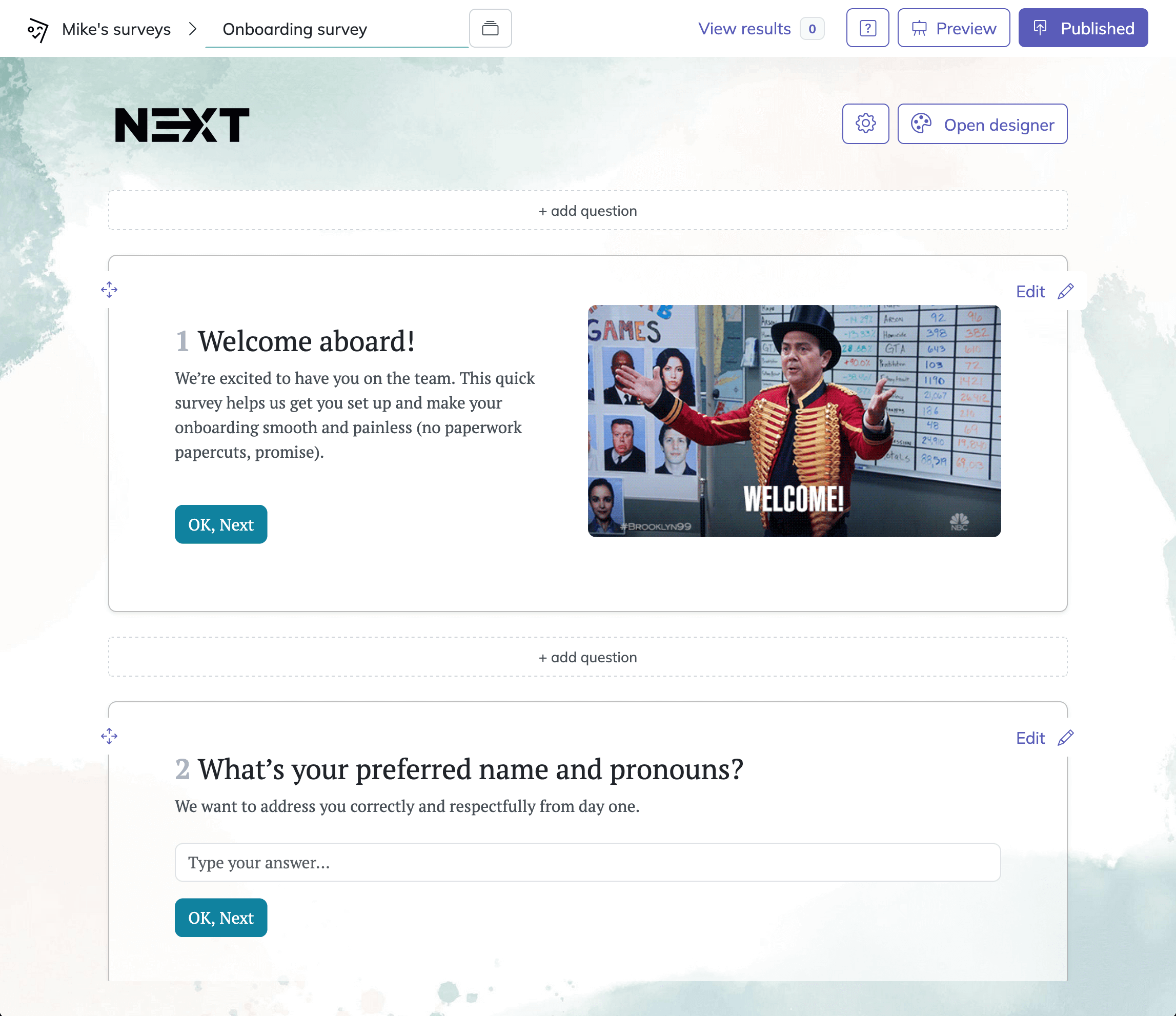
29 Brand Positioning Survey Questions for Winning Insights
Explore 30+ essential brand positioning survey questions to boost your brand’s awareness, percept...
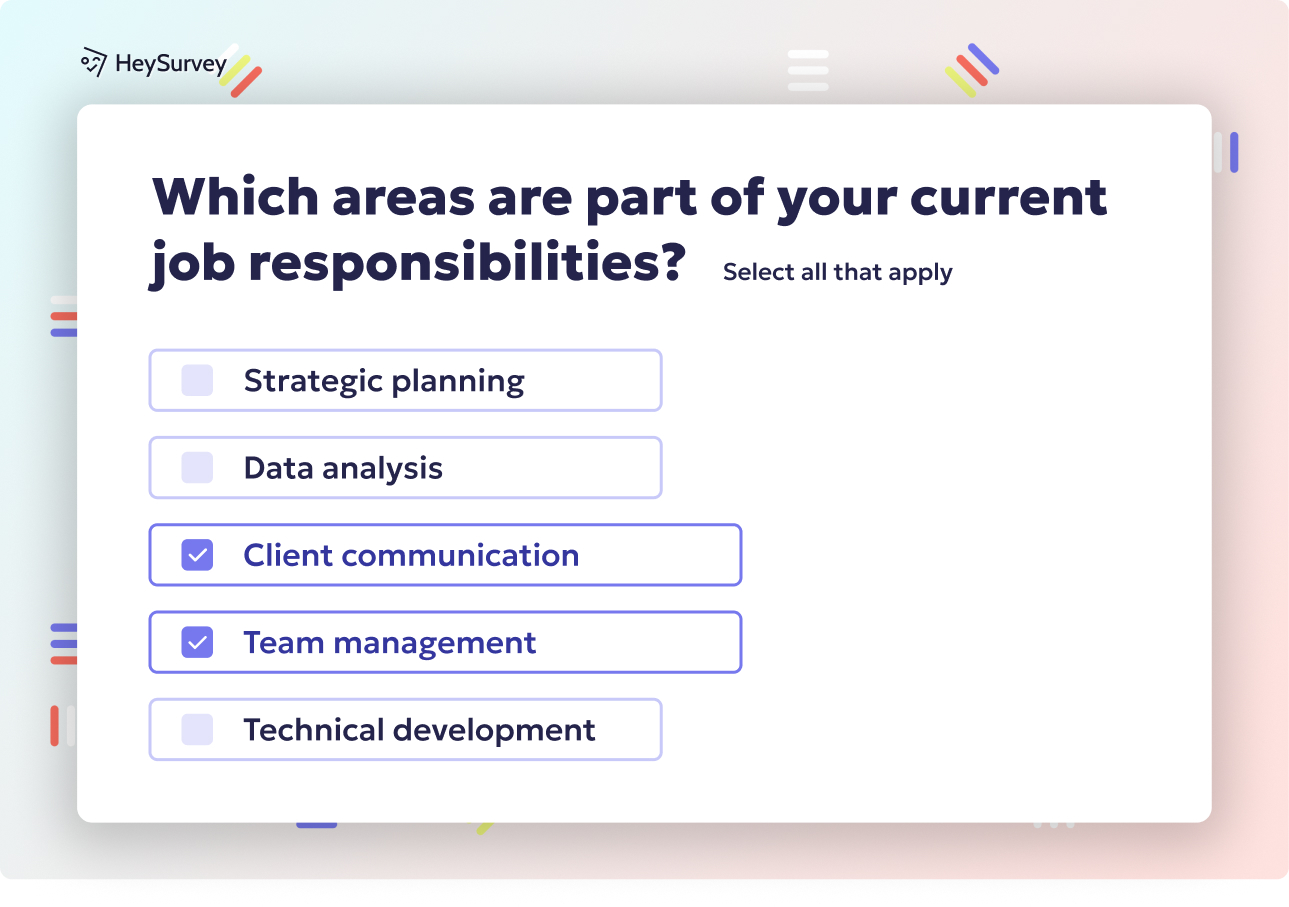
28 Rebranding Survey Questions to Ignite Your Brand
Elevate your brand image with rebranding survey questions featuring 25 sample questions. Uncover ...
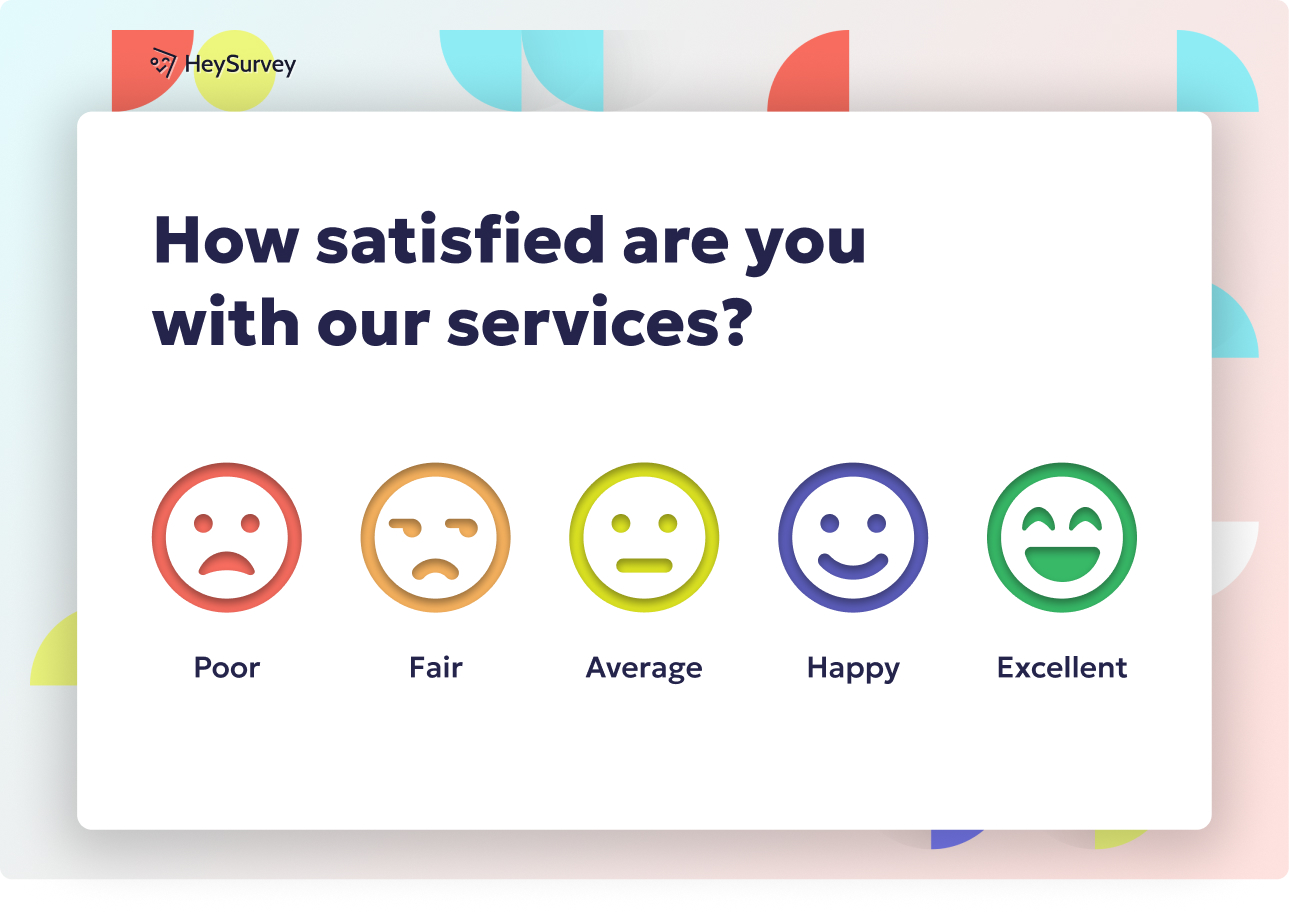
32 Brand Image Survey Questions to Capture & Improve Perceptions
Discover 30+ brand image survey questions to capture, measure, and improve brand perception, awar...
